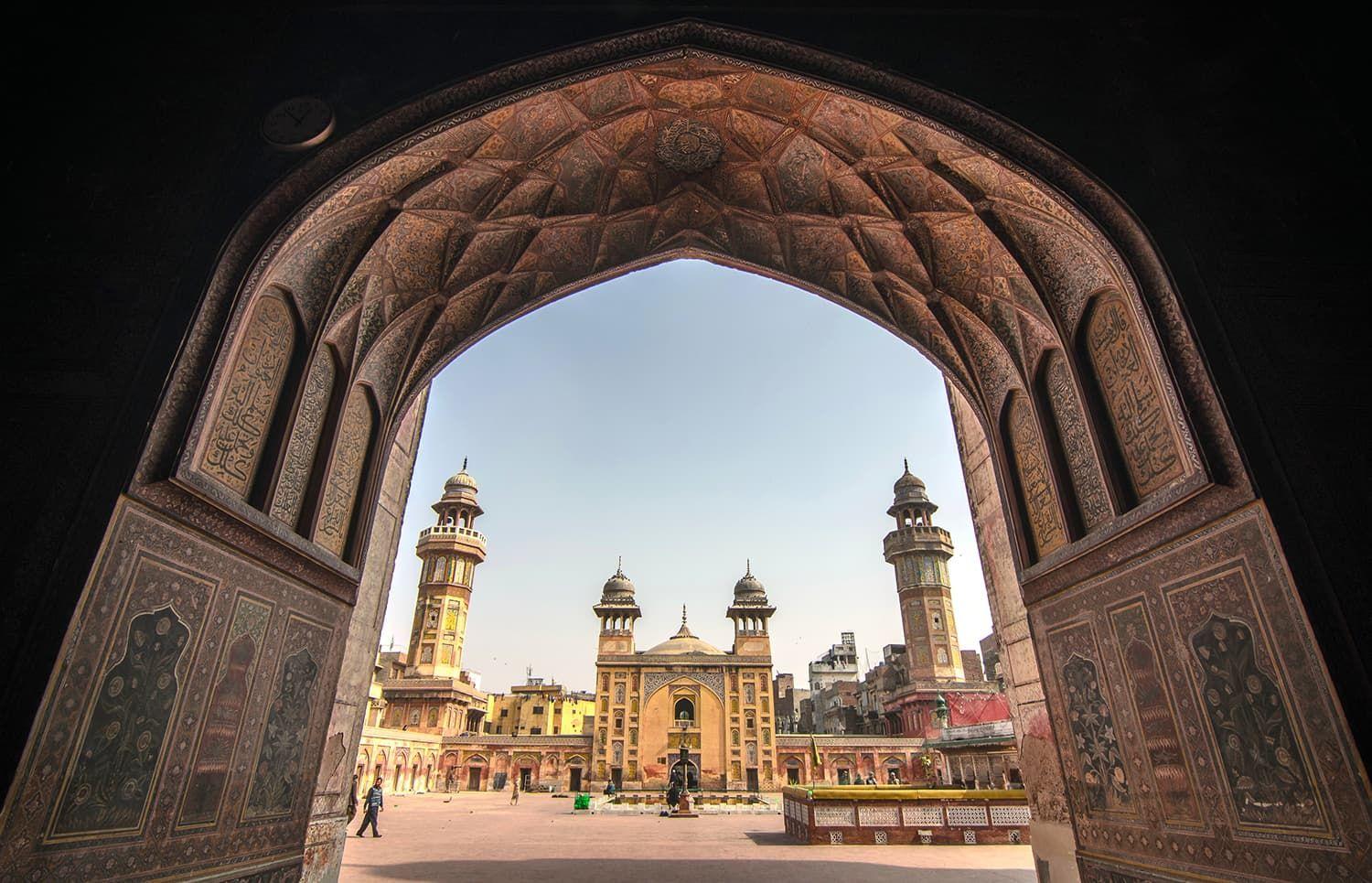
Wazir Khan Mosque in Lahore.
China-Pakistan Economic Corridor (CPEC) made Pakistan the most visible part of the Belt and Road Impact (BRI), adding that the project would result in freer movement of people and greater cultural interaction between the countries.
Pakistan is a country located in South Asia. Pakistanis are citizens of the Islamic Republic of Pakistan (Islam-i Jamhuriya-e Pakistan). The nation of Pakistan came into existence in 1947. Before that time, the region formed part of the British Indian Empire.
Pakistan's population is one of the fastest-growing in Asia. The two largest ethnic groups are the Punjabis, an Indo-Aryan people who dominate political and business life, and the Pashtuns, who work mainly as herders and farmers. The northern areas are home to many distinct ethnic groups, whose eclectic heritage is the result of intermarriage between local peoples and invaders from elsewhere in Europe and Asia. The official language is Urdu, and English is used extensively in business.
The majority of Pakistanis are Muslims (followers of Islam). Religious minorities, accounting for just over 3 percent of the population, include Hindus, Christians, Buddhists, and Baha'is (who are of Iranian descent). There is a small Parsi (Zoroastrian) community, concentrated in Karachi.
Within the Muslim community, the Sunnis sect forms the majority. About 25 percent of Muslims are Shi'ah (or Shi'ite), who are often at odds with the Sunni majority. The Ahmadiyas, a modern Islamic sect, have beliefs that are so different that many other Muslims don't consider them Muslim. There are over 2 million Ahmadiyas, and they face discrimination from other Pakistanis.
ource: https://www.everyculture.com/wc/Norway-to-Russia/Pakistanis.html#ixzz6EOogPJf5




 A single purchase
A single purchase









